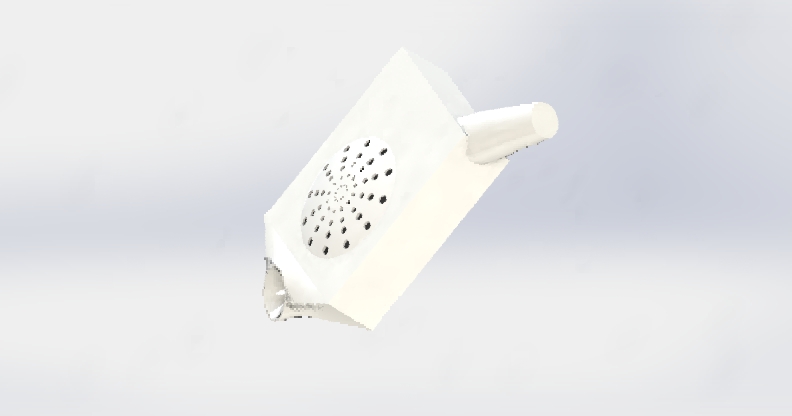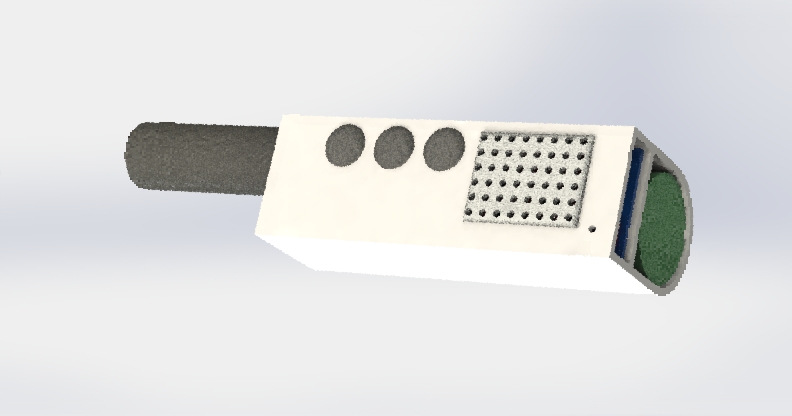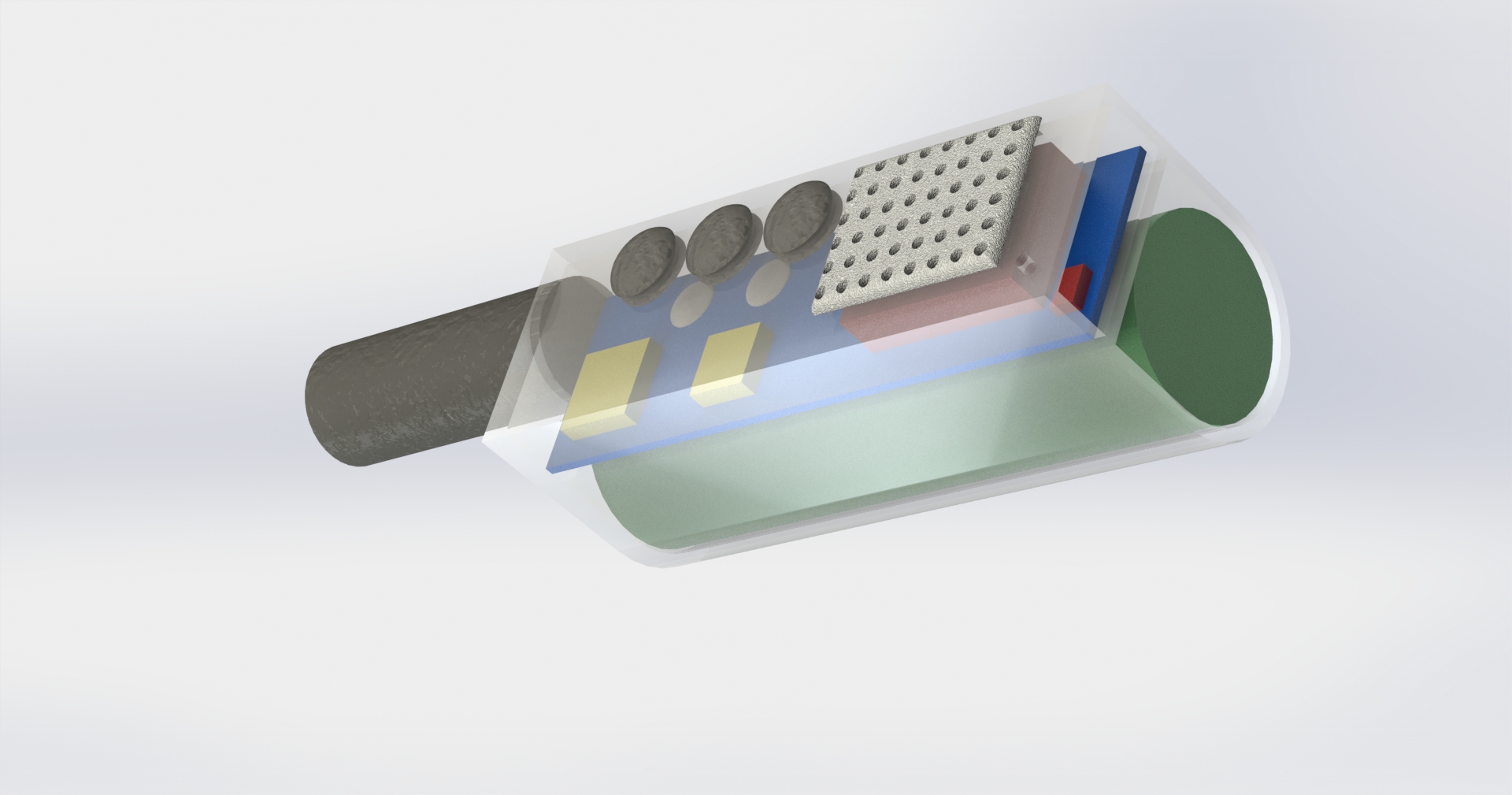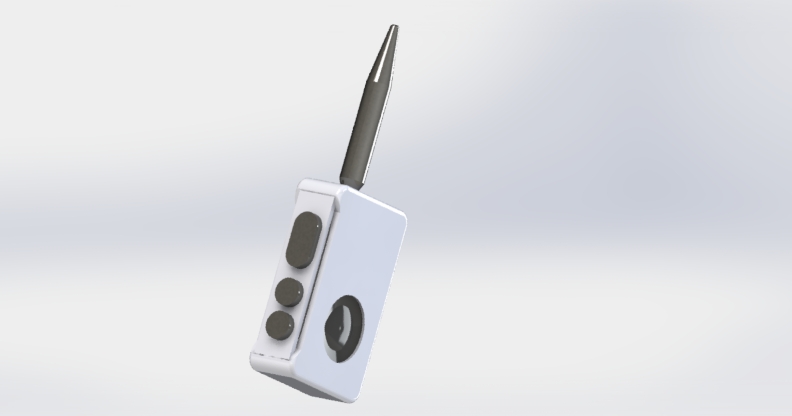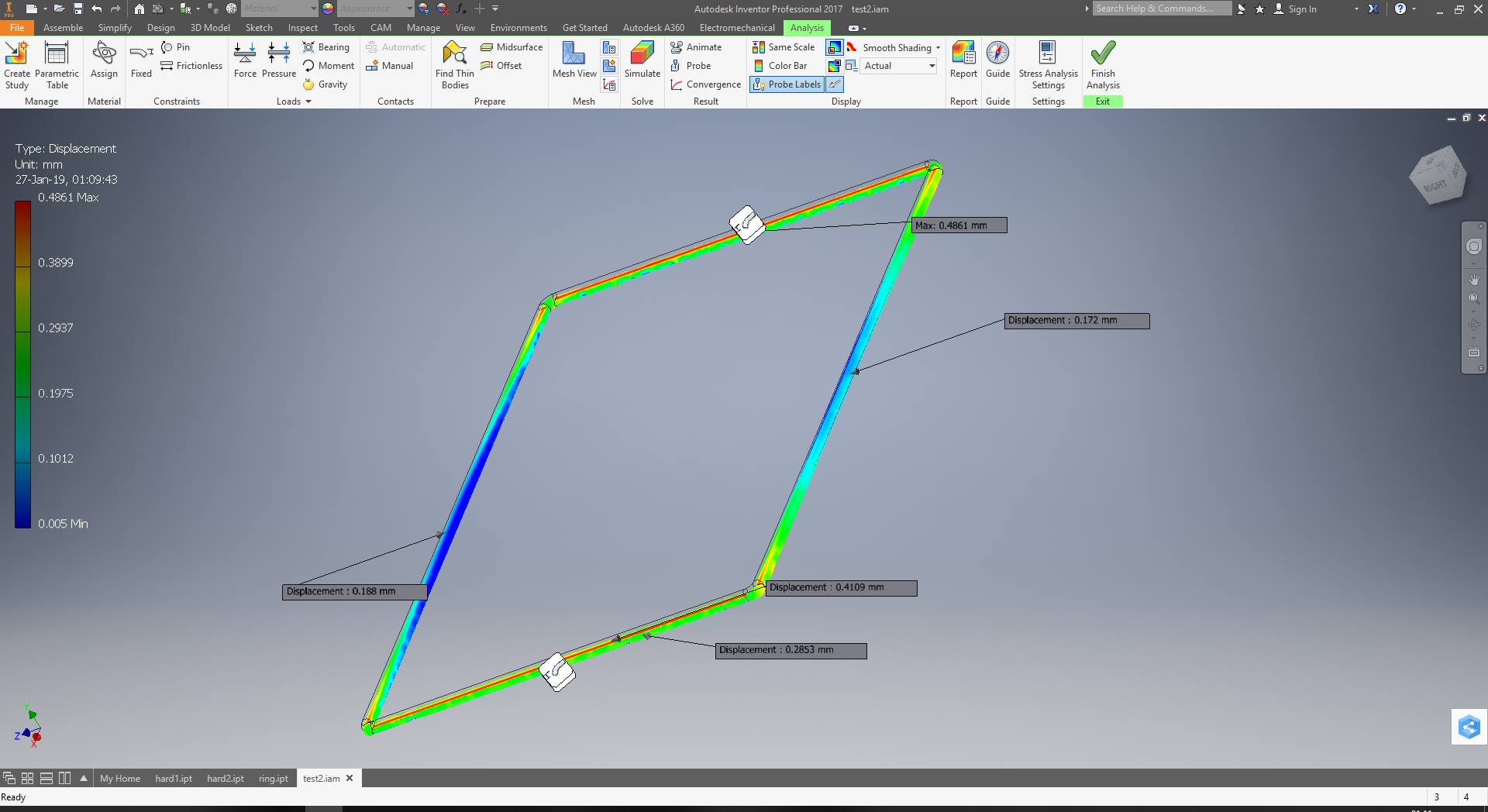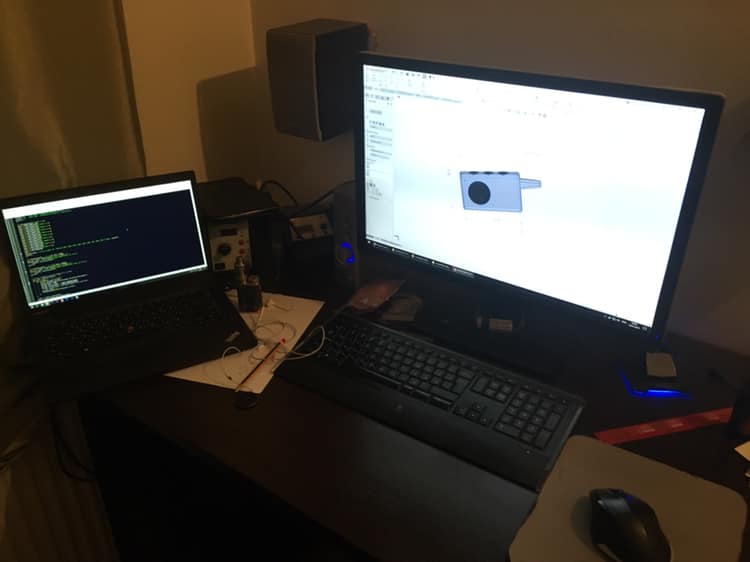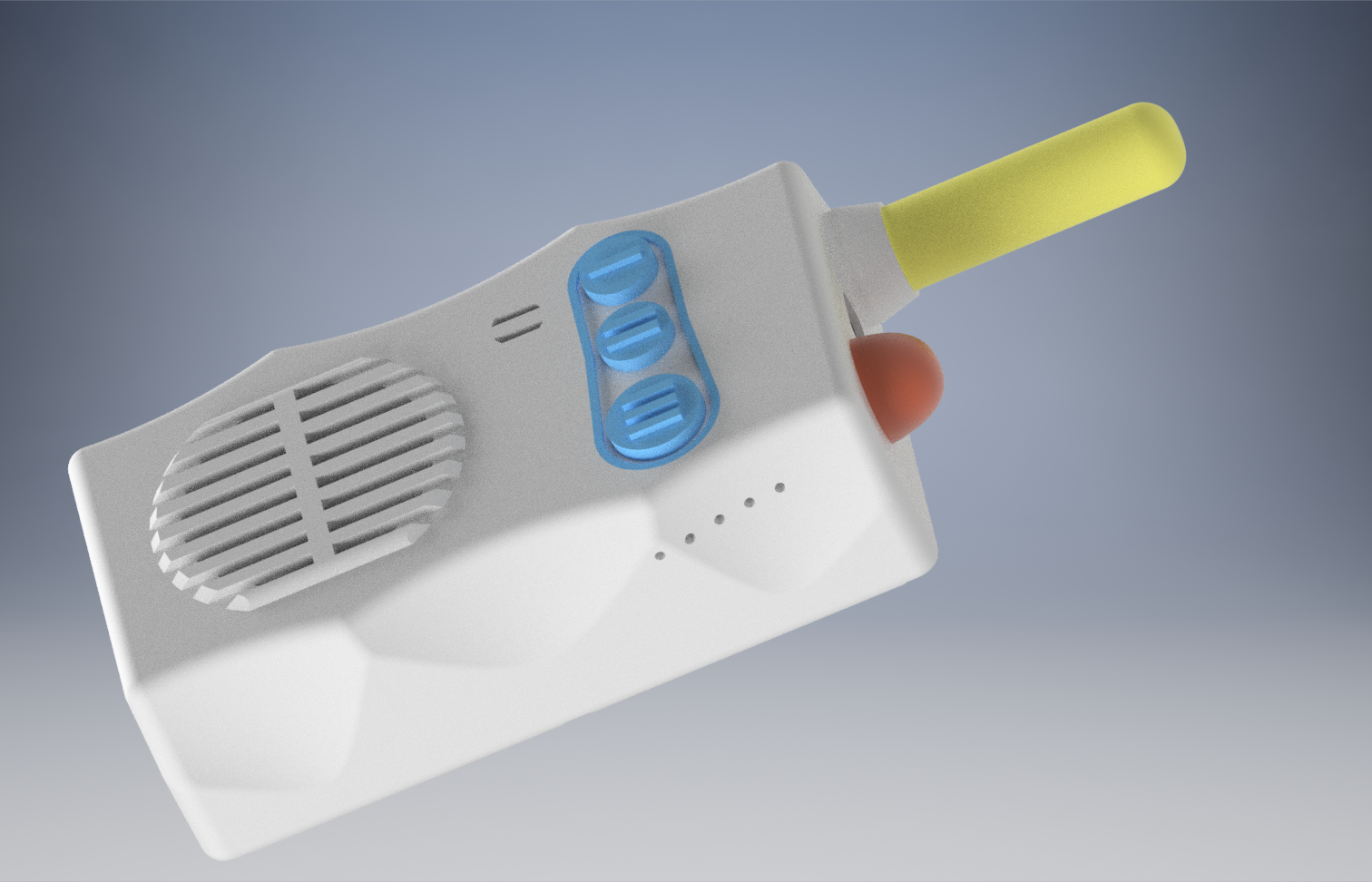Digital two-way radio for special needs
The task was - make a simple two-way digital radio protected device for voice communication on distances up to 10km in any areas (uninhabited or urban) with mesh network support.
Investigation of existing solutions showed some major drawbacks on the analogue devices market. One should have a special license to use radio transmitters with output more than 100mwatt (summary by the world). Examination of digital transceivers variants present on the market showed nothing - no solutions as simple as "working-out-of-the-box". The decision was obvious - make one.
The process of engineering, creating hardware architecture and choosing right software components lead me to the problem of physics. Increase of frequency leads to decrease of wave length, you get wider data channel but you get worse signal penetration.
To POC device decision was to stay somewhere in the middle of available radio frequencies range. As a transmitting solution LoRa technology was chosen with corresponding Ebyte E32 wireless modules based on Semtech SX1276/SX1278 RFIC (radio-frequency integrated circuit).
Architecture. Microphone -> audio codec -> serial bus to wireless module to transmit -> signal transmission -> wireless module to receive signal -> serial bus -> audio decoder -> speaker. Laptop was used for everything except transmission of signal (perfect, it has a built in microphone, speakers, and x86 CPU ta handle all the tasks).
Codec. Transmission bandwidth of the LoRa channel was taken around 20 kbit/s for maximum. For pure coded signal radio had less than 10 kbit/s taking into account FEC (Forward Errors Correction) and major hindrances and other noise effects (white noise, interference and etc). The variety of codecs for keeping human voice clear and getting into 2-4 kbit/s is not so vast. For POC codec2 was selected as open source and patent free solution.
Python. It was a strange nightly choice. As a result the Python software radio was built. It was working fine and clear up to 3-4 km distance in the urban areas. Check this video to see how 100mwatt LoRa based radio on EU863-870 radio frequency range was working compared to 5watt chinese analogue radio. Python source code can be downloaded here.
Concerns. Checking radio frequencies committees around the world to certify solution revealed major drawback - device transmit duty cycle must not be over 1%. If there was possibility that device can transmit more than 1% of power on time restricts certification. That was a big punch for the project. Getting into details must be done a little earlier. As a consequence followed revision of the approach.
2.4 GHz. This radio frequency range is free worldwide of any "duty cycle" restrictions. The only point to keep - output power of the transmitting device - 100mwatt limit for certifications. The wave length of this radio frequency signal is 12,5 cm - it is very bad for penetration (for example, air-water impedance for electromagnetic wave is around 10^2, so it weakens the signal one hundred times). Nevertheless POC version 2 was born.
Silicon labs. BGM13S32F512GN was a perfect SoC solution to make a new 2.4 GHz radio POC. All electronic components were ordered. During expectation of the parcel I decided to make a software prototype using android smartphones with support of the Bluetooth 5.0 protocol with support of BLE.
Android. One more software android Radio with support of BLE was created. Smartphones were perfectly connection and communication up to 100m. Taking into account smartphone built-in antennas dBm's - the stand alone solution will have around 2-5 km in direct sight. Not as it was planned in the beginning but not so bad. Andriod application can be downloaded here (not suitable for all devices, please contact me for details).
Result. We made another bluetooth radio, next out of tens nowadays. The project has a status of "looking for better engineering solution". There are some ideas, stay tuned.
Some pictures of creation process
